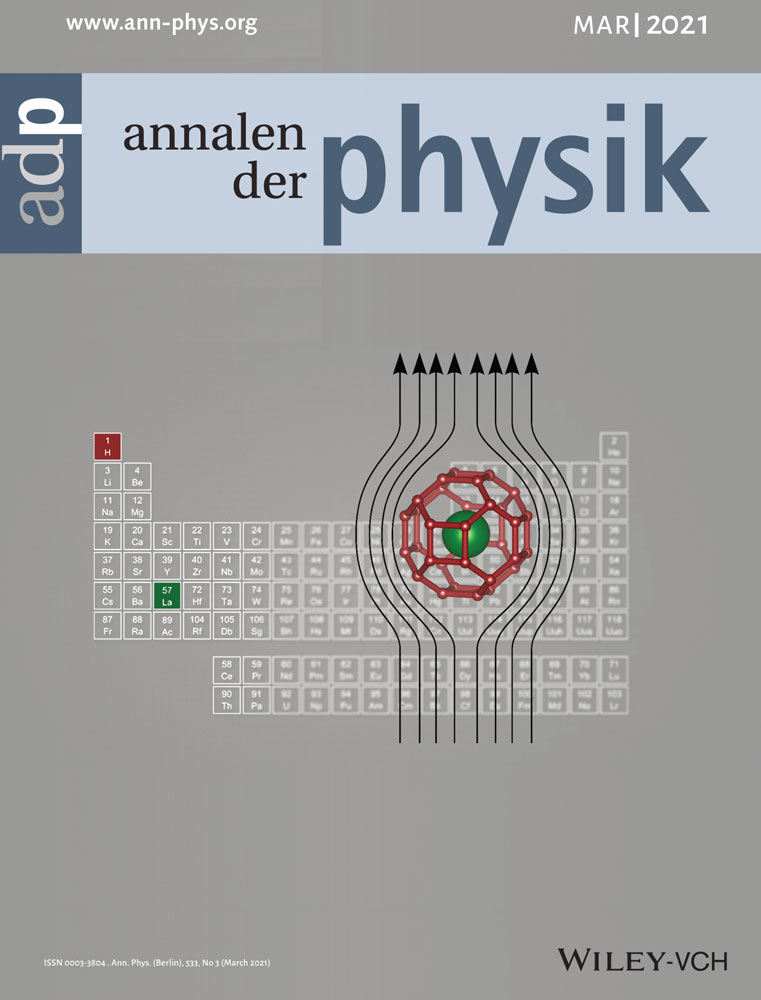Replica Symmetry Breaking in Cholesteric Liquid Crystal Bandgap Lasing
Abstract
Spin glass theory is an interdisciplinary statistical theory that has been widely used to describe the complex physical systems in diverse fields. In photonic platforms, the characteristic phenomenon of the phase transition between paramagnetic and spin glass state, i.e., replica symmetry breaking (RSB), has been recently observed in random laser (RL) systems via analogies between optical modes and magnetic spins. Here, the RSB phenomenon in cholesteric liquid crystal (CLC) bandgap lasing is reported. The CLC lasing arises from the edge of bandgap when the reflection spectrum edge of CLC spectrally overlaps with the fluorescence spectrum of dye. Different from the RL systems, where the RSB phenomenon is frequently observed, bandgap laser shows weak disorder due to its self-assembled helical structure. Unexpectedly, based on the statistical study of the lasing spectra, the RSB can still be found when the bandgap laser operates at the threshold point. This RSB phenomenon is robust when the bandgap laser works at different temperatures and wavelengths. These results extend the scope of the feasibility of the spin glass theory in the photonic field, which boost the understanding of the interplay between system disorder and lasing statistical behavior.
Conflict of Interest
The authors declare no conflict of interest.




